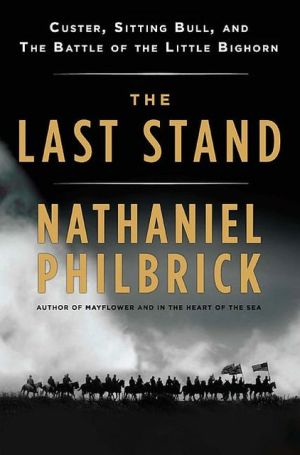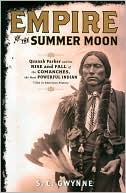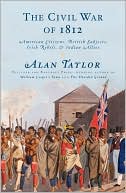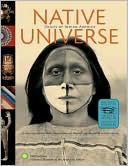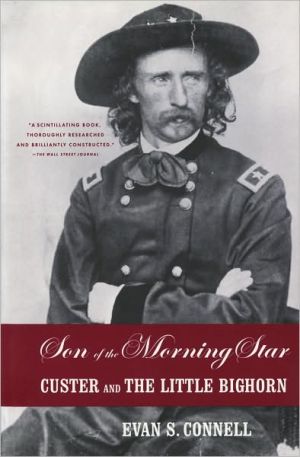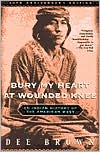Everything You Know about Indians Is Wrong
Search in google:
\ Publishers WeeklyIn this acerbic collection of essays, Comanche cultural critic and art curator Smith (Like a Hurricane) riffs on the romantic stereotypes of Indian as "spiritual masters and first environmentalists," as tragic victims of technology and civilization, as primal beings brimming with nomad authenticity, their every artifact a gem of folk art. Such tropes, he complains, hide the riotous complexity of the modern Indian experience, which he visits in pieces that explore his grandfather's Christian church, Sitting Bull's savvy manipulation of his media image (he had an agent) and the author's own Comanche forebears, who were both "world-class barbarians" and avid adopters of the white man's gadgetry. These loose-limbed essays range all over the landscape, from Hollywood westerns to the 1973 siege of Wounded Knee to (somewhat obscurely) the contemporary Indian art scene. Smith doesn't entirely square his view of Indians as "just plain folks" with his advancing of a unique Indian cultural perspective, but his keen, skeptical eye makes such ironies both amusing and enlightening. Photos. (May)\ Copyright © Reed Business Information, a division of Reed Elsevier Inc. All rights reserved.\ \ \ \ \ Library JournalWith acerbic wit and unflinching honesty, social critic Smith (associate curator, National Museum of the American Indian, Smithsonian Institution; coauthor, with Robert Warrior, Like a Hurricane: The Indian Movement from Alcatraz to Wounded Knee) offers a collection of essays that were written over approximately a 15-year period. It is an eclectic collection that chronicles the evolution of his views on the politics of being a Native American, beginning with his obvious naA¯vetA© as a committed activist within the American Indian Movement to his present employment with the federal government. No target is safe from his pointed barbs, not even himself. The explanation of how quickly his views toward the creation of the National Museum of the American Indian changed when the practicality of needing employment entered the equation is alone worth the price of the book. In addition to being an entertaining read, this book gives one much to consider as Smith challenges many of the tropes that too many authors utilize when writing about native peoples. Highly recommended.\ —John Burch\ \ \

